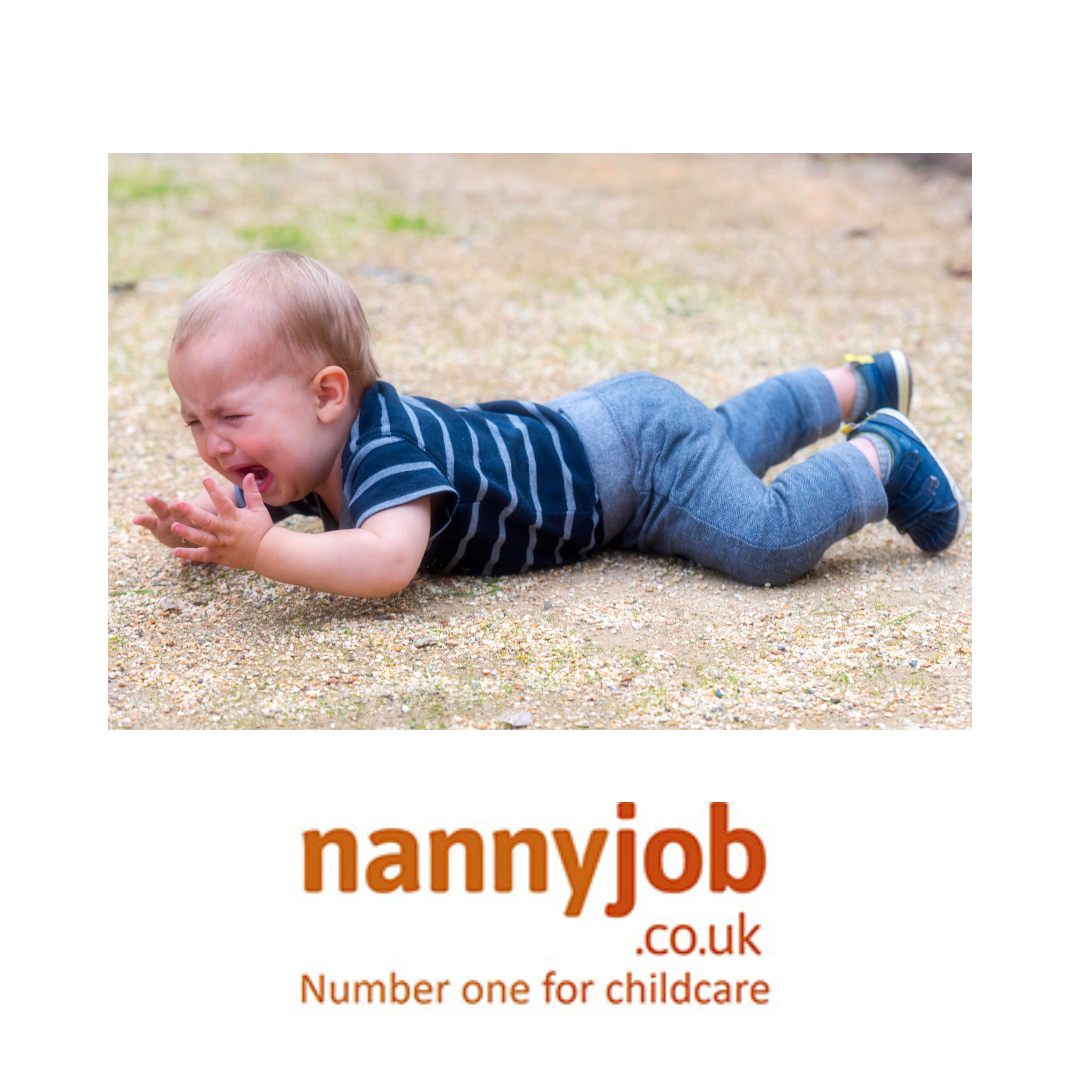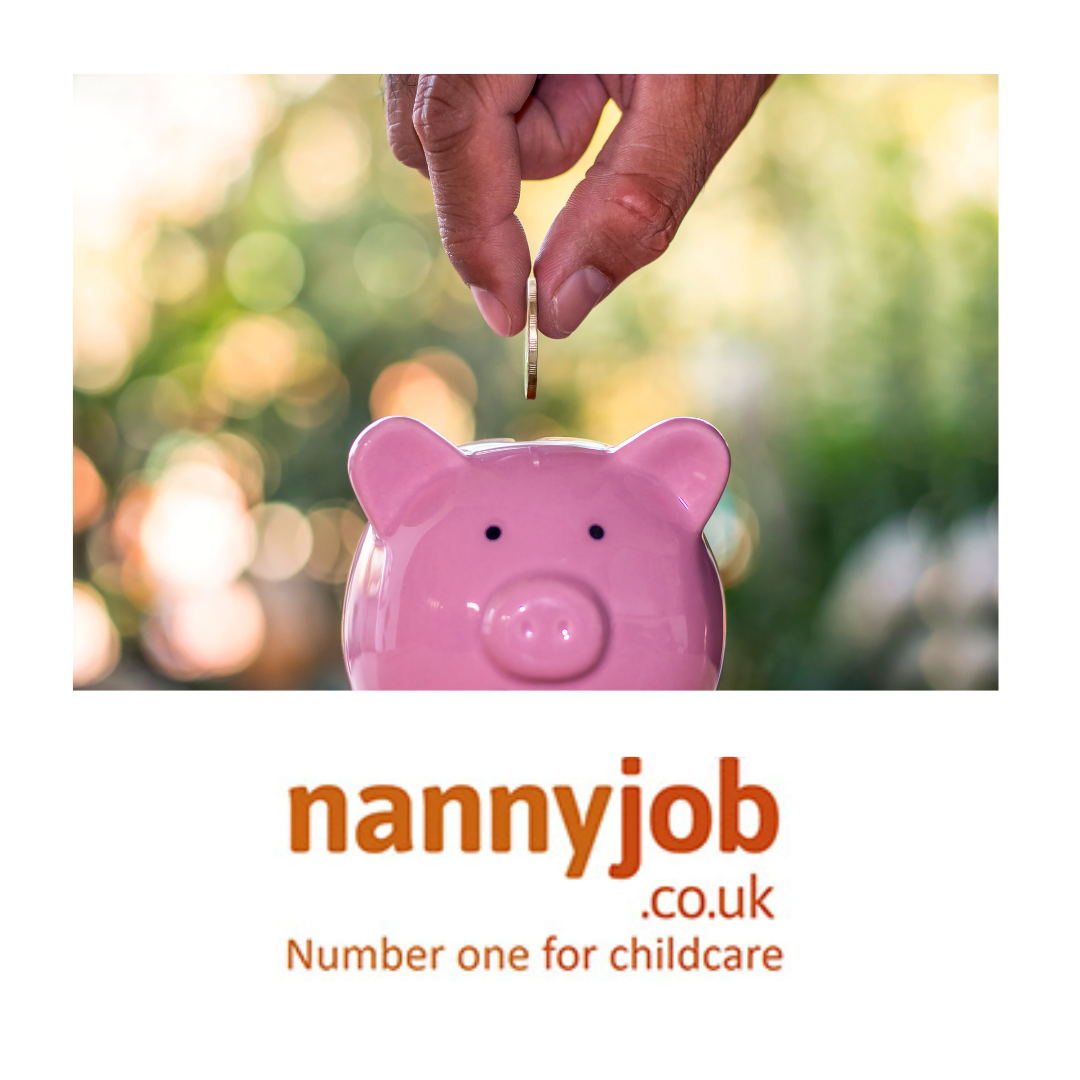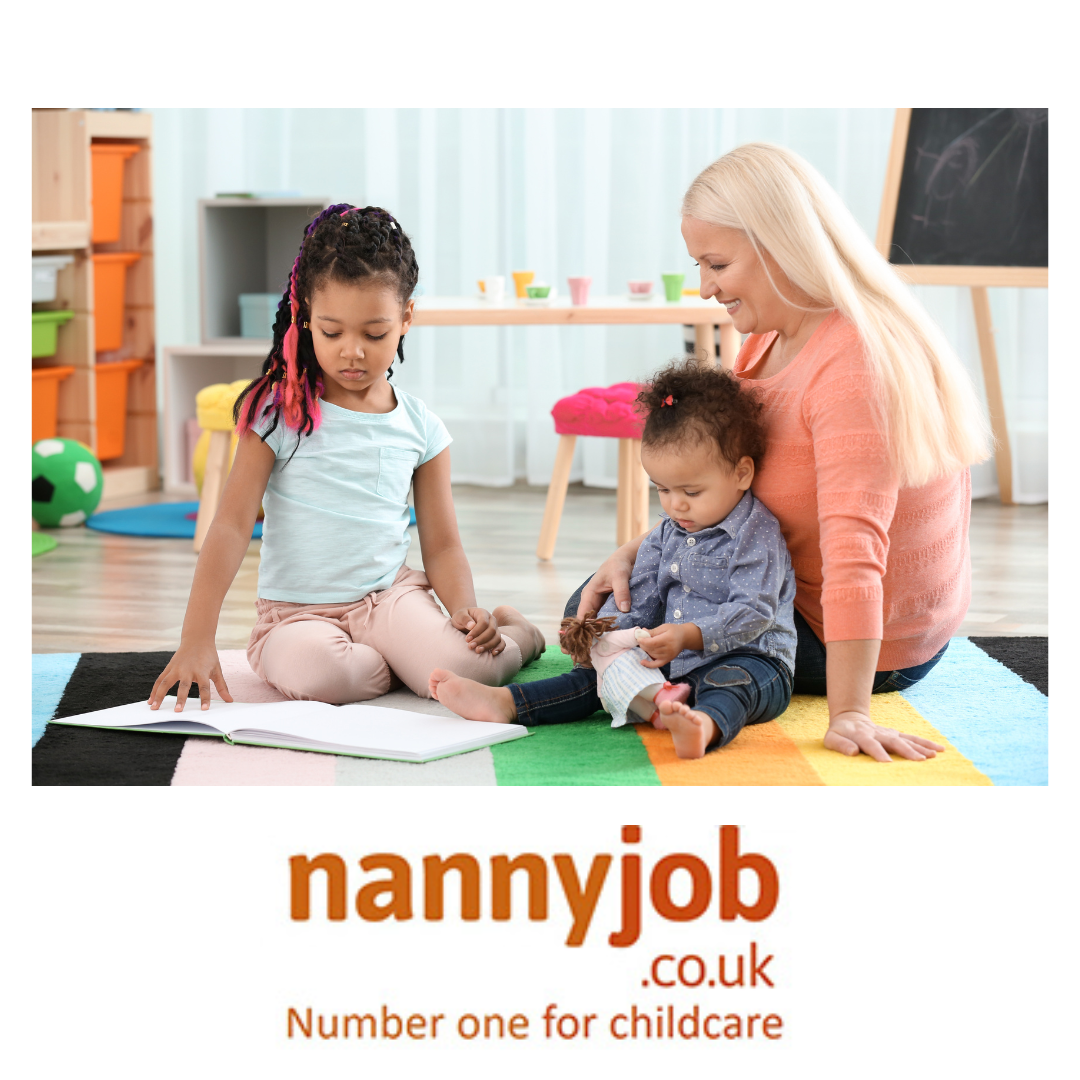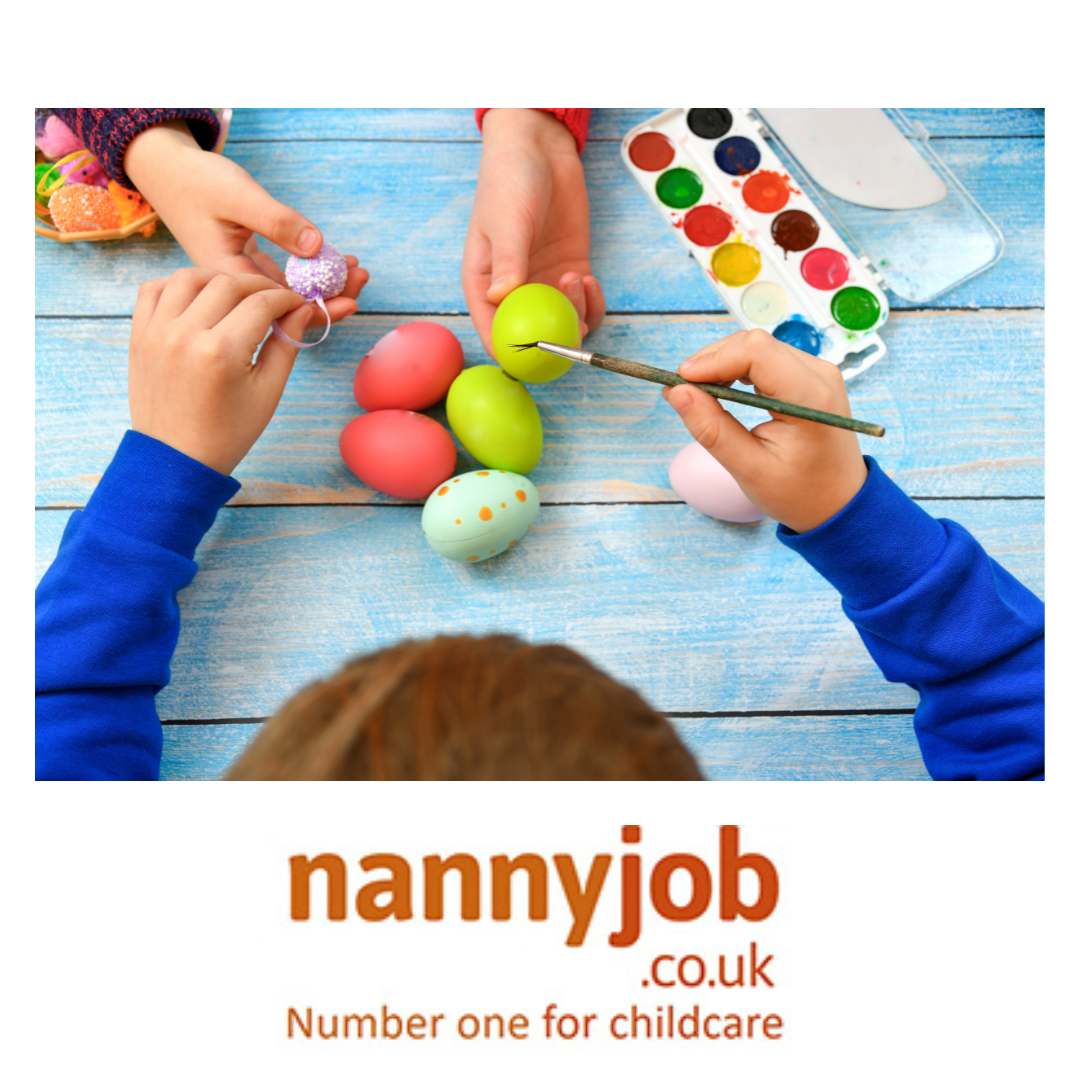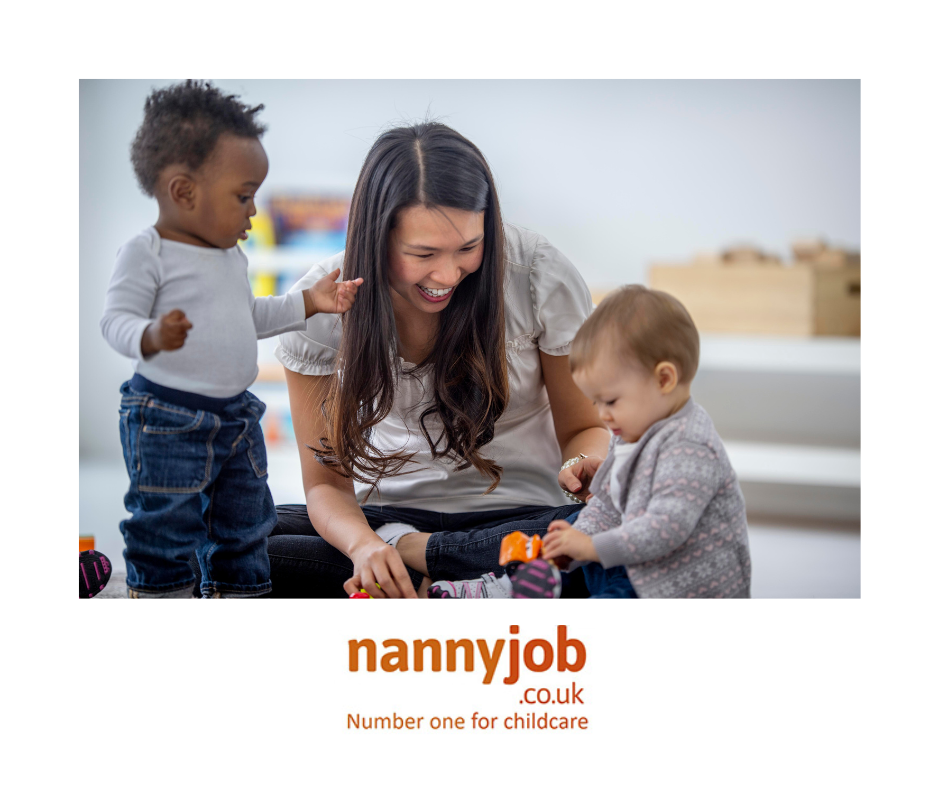As summer 2024 approaches, it’s time to plan some unforgettable experiences. The UK is brimming with activities that cater to all ages and interests. Whether you’re a thrill-seeker, nature lover, or culture enthusiast, here’s a roundup of must-try activities to make your summer extraordinary.
1. Explore the Coastlines
The UK boasts some stunning coastlines perfect for those sunny summer days. Head to Cornwall for some of the best surfing spots or enjoy a family day out at Blackpool Beach. Don’t forget to try the local seafood!
2. Attend Music Festivals
Summer in the UK wouldn’t be complete without the vibrant music festivals. From Glastonbury to Wireless, there’s something for everyone. Pack your camping gear and get ready for some live music under the stars.
3. Visit Historical Sites
Step back in time by visiting historical sites such as Stonehenge, the Roman Baths, or Edinburgh Castle. These tours not only provide a glimpse into the past but are also fantastic educational outings for kids.
4. Take a Hiking Adventure
For outdoor enthusiasts, the UK’s national parks offer incredible hiking trails. Explore the peaks of Snowdonia or the scenic routes in the Lake District. Make sure to bring your camera for some breathtaking views!
5. City Cultural Tours
Dive into the rich culture of cities like London, Manchester, or Glasgow. Enjoy the bustling street markets, museums, and theaters. Each city has its unique flair and festivals to discover.
6. Countryside Retreats
Escape to the countryside for a peaceful retreat in the Cotswolds or Yorkshire Dales. Rent a cottage, and enjoy some horse riding, fishing, or just a picnic amidst the greenery.
7. Family Theme Parks
Thrill the kids with a visit to one of the UK’s many theme parks. Alton Towers and Legoland are packed with fun rides and attractions that guarantee a day full of excitement and laughter.
8. Garden Tours and Flower Shows
For a more relaxed day, visit some of the UK’s famous gardens and flower shows. The Chelsea Flower Show and the gardens of the Royal Botanic Kew are in full bloom and provide stunning landscapes to wander through.

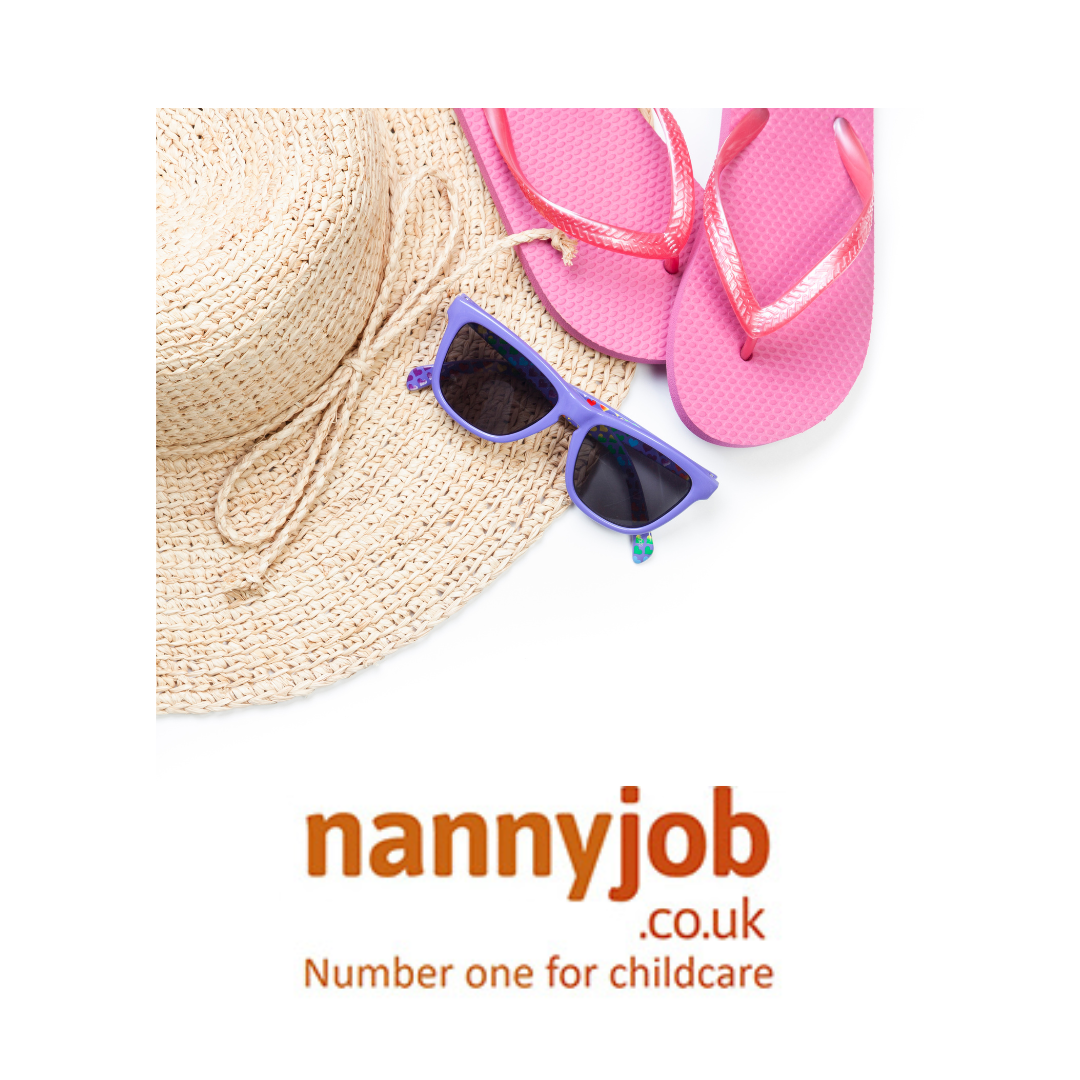
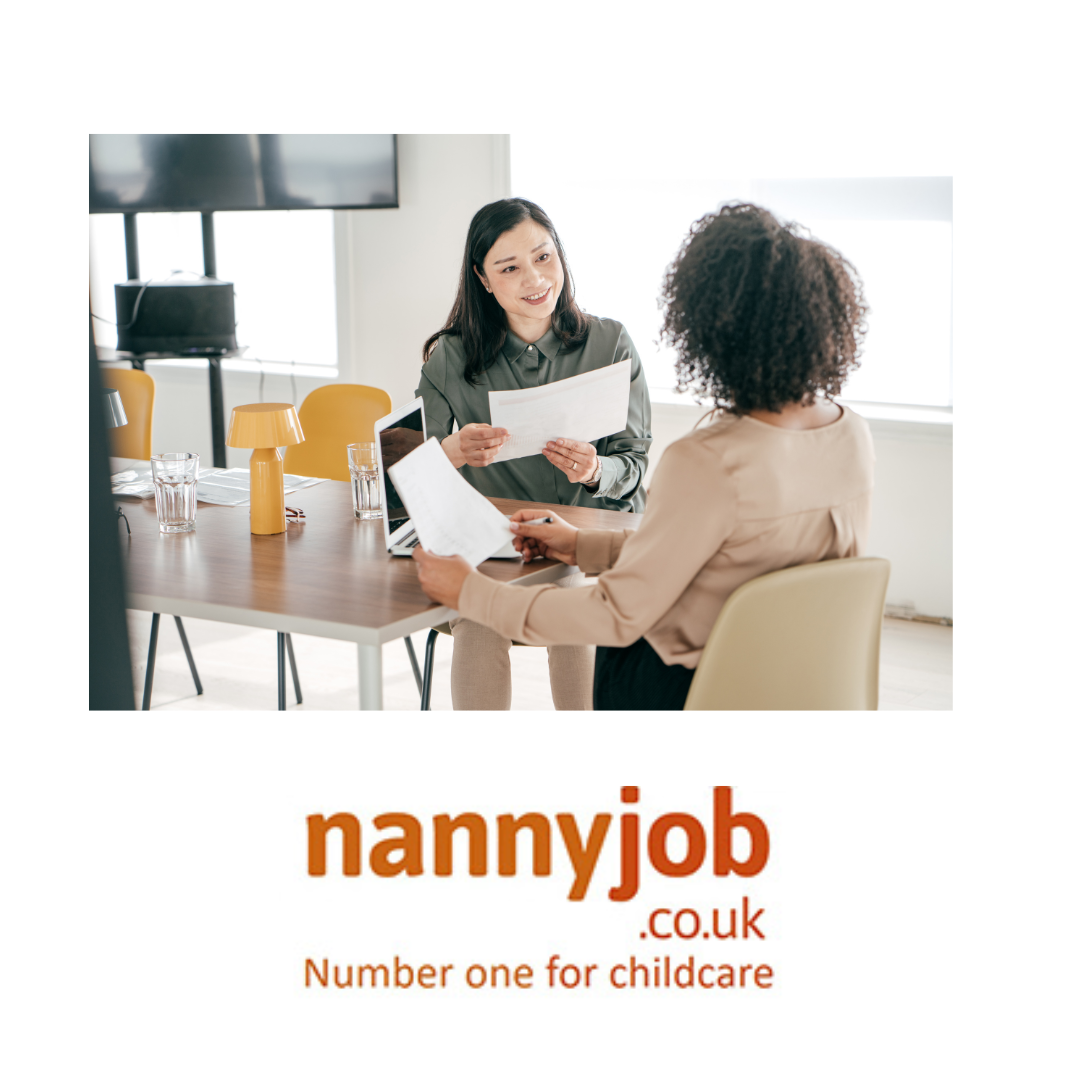
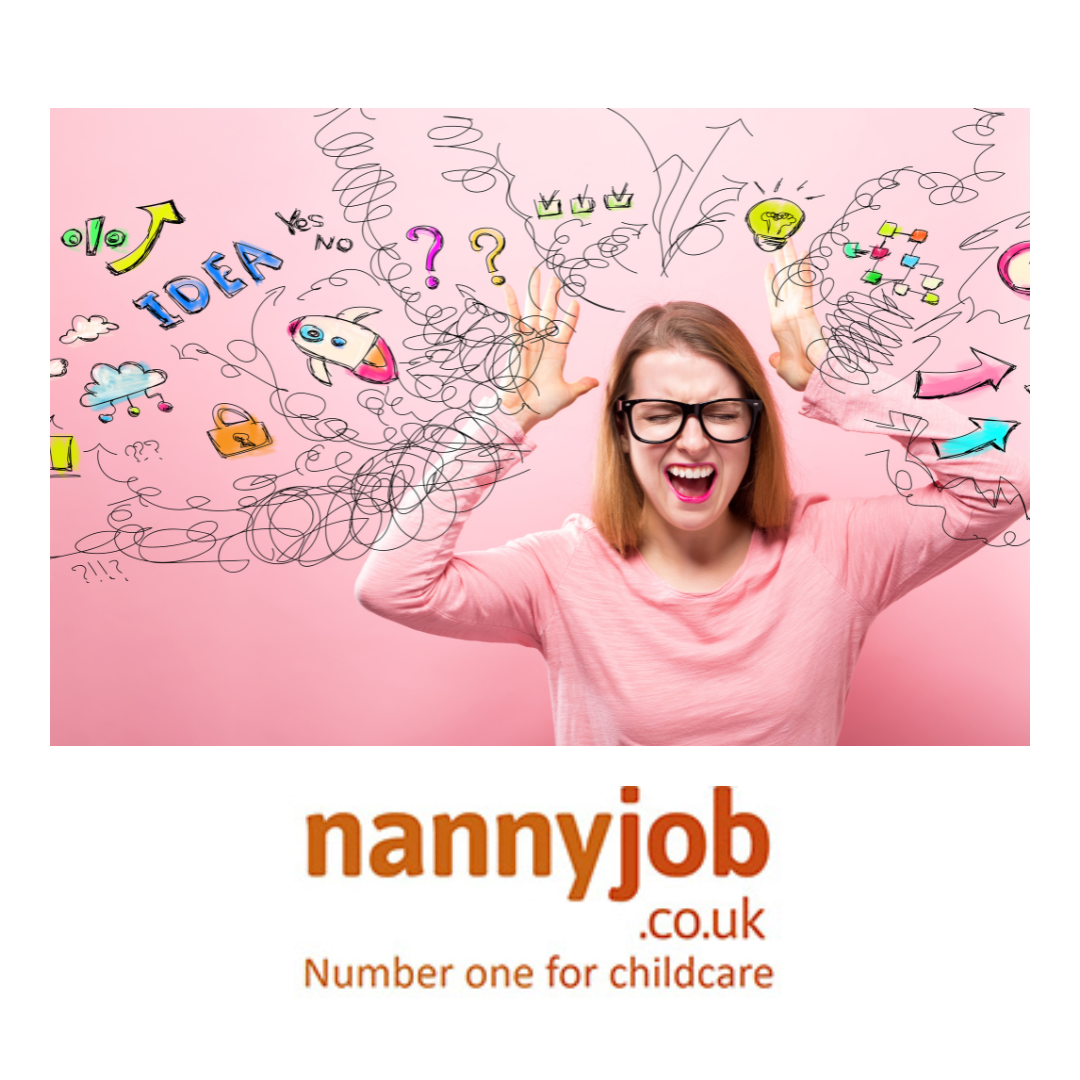
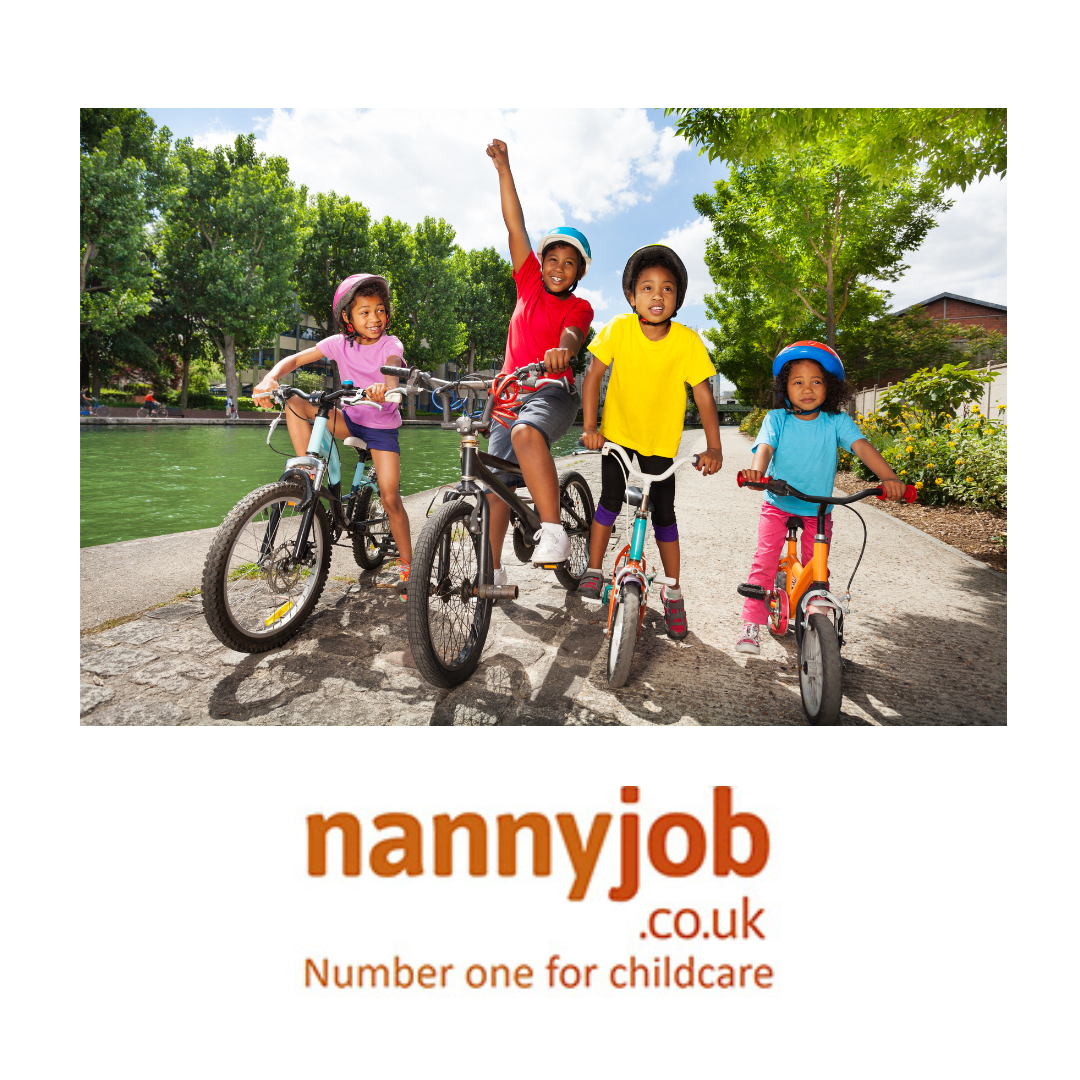


 #SummerFun #OutdoorAdventures #FamilyTime #ChildcareLife
#SummerFun #OutdoorAdventures #FamilyTime #ChildcareLife